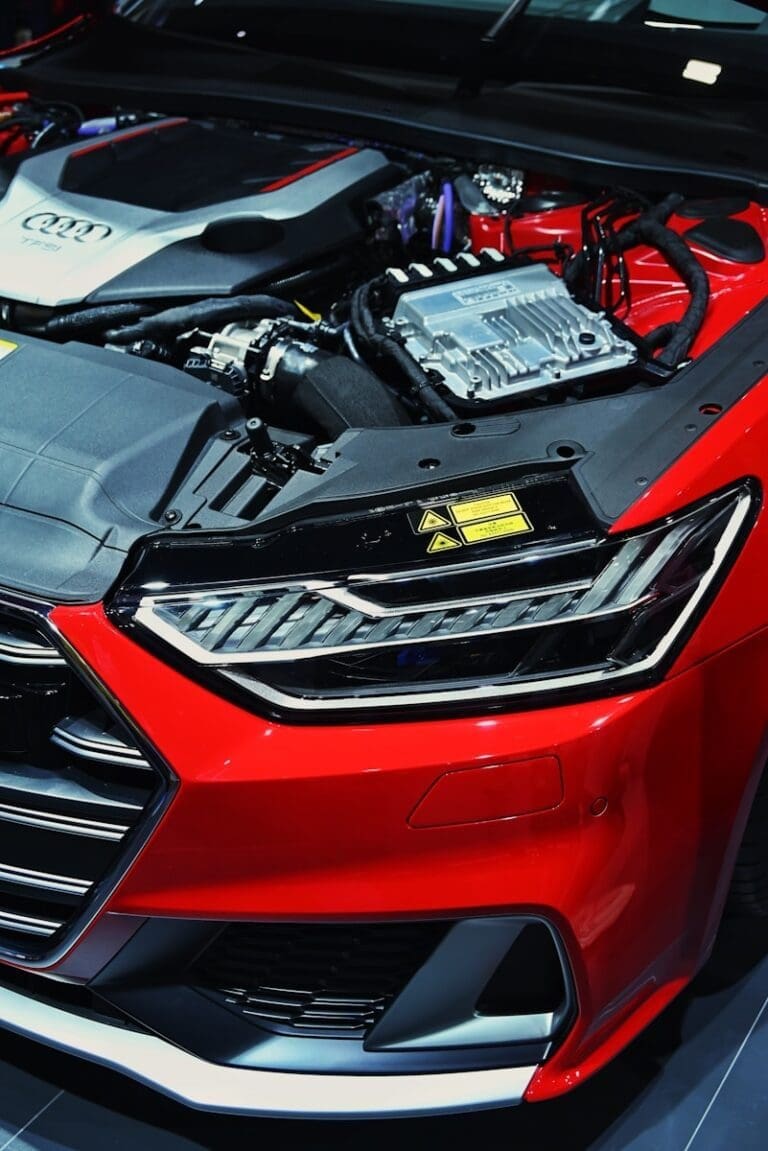How to Perform a BHP Check on Your Car
Table of Contents
ToggleFind out how to measure your car’s real power safely — at home or with a professional dyno — and what your BHP figures actually mean for performance and tuning.
What BHP Really Means
BHP (brake horsepower) shows how much power your engine produces before drivetrain losses. More BHP means stronger acceleration, easier towing, and smoother overtakes. It’s one of the best indicators of your engine’s health and tuning potential.
Want to know your factory power figure? Use our free Remap Calculator — enter your registration and we’ll show your stock BHP and typical gains for a Stage 1 remap.
Why Check Your Car’s BHP?
- Proof after tuning: See your gains after a remap, intake, or exhaust upgrade.
- Fuel efficiency check: Balance power and economy — avoid unnecessary mods.
- Buying confidence: Compare two cars on more than just trim or badge.
- Fault finding: A power drop can reveal blocked filters or injector wear.
3 Ways to Measure BHP
1. Rolling-Road Dyno (Professional Test)
A dyno uses motor-driven rollers to read power through the rev range. It’s the gold standard for accuracy but costs £80–£150 at a tuning shop. We can recommend trusted dyno partners near Stoke-on-Trent or prepare your car for testing.
2. OBD-II Live Data (DIY Option)
Plug a Bluetooth OBD reader into the 16-pin port under your dashboard. Use an app such as Torque or OBDeleven, then perform a safe full-throttle run in third gear. You’ll get a calculated horsepower reading within ±10 % of a dyno — ideal for home checks.
3. Manufacturer Specification
For a baseline, use your owner’s manual or our registration lookup tool. Real-world results vary as engines age or are modified.
Rolling-Road vs OBD: Quick Comparison
| Feature | Rolling-Road Dyno | OBD-II Test |
|---|---|---|
| Accuracy | ±2 % | ±10 % |
| Cost | £80–£150 | ~£20 one-off |
| Setup Time | 30 min | 5 min |
| Shows Wheel HP | Yes | No (engine estimate) |
Example: a VW T6 2.0 TDI gains around +38 BHP and +70 Nm from a Stage 1 tune.
Why BHP Readings Change Over Time
- Airflow: Dirty filters or a blocked DPF restrict performance.
- Fuel quality: Low-grade diesel reduces combustion efficiency.
- Engine wear: Loss of compression equals lost power.
- ECU limits or mods: Factory maps, exhausts, or remaps can alter output by 20–40 %.
If your car feels flat, book an engine diagnostic to find out why before chasing power upgrades.
Easy Ways to Add Safe BHP
- Remap: A Stage 1 software tune typically adds 25–35 % more power to most turbo petrol and diesel cars.
- Cold air intake: Cooler, denser air improves combustion for small, safe gains.
- Freer exhaust: Reduced back-pressure helps the turbo spool faster and improves mid-range torque.
Use our Remap Calculator to check expected BHP and torque increases for your registration.
Key Takeaway
Check your BHP once a year or after any major modification. It helps detect issues early, confirm tuning results, and protect your investment.
Already tuned? Run another BHP check to verify gains — or book a health check with us to make sure your engine is running at its best.
Book a BHP Health Check or Remap
Unit 2, 2 Cutts Street, Hanley, ST1 4LX
Serving Stoke-on-Trent, Staffordshire, the Moorlands & Cheshire East.
FAQs
Can I check my BHP without a dyno?
Yes. Use a Bluetooth OBD reader or our Remap Calculator for quick power estimates from your registration.
Is a dyno test worth the money?
If you’ve upgraded parts or booked a remap, a dyno gives the most accurate before-and-after proof of gains.
Does remapping always increase BHP?
Yes — when done safely. A Stage 1 remap typically boosts both BHP and torque by 25–35 % while staying within factory limits.
My car feels underpowered — what next?
Book an engine diagnostic or DPF clean to find out why. Restoring flow or fixing faults often restores lost power.



